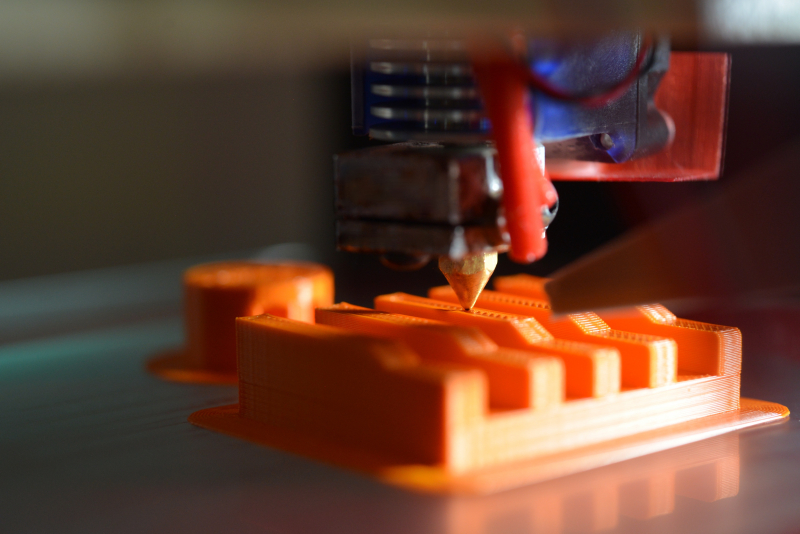3D printing printed electronics and cells directly on skin. Researchers used a customized, low-cost 3D printer to print electronics on a real hand for the first time. The technology could be used by soldiers on the battlefield to print temporary sensors on their bodies to detect chemical or biological agents or solar cells to charge essential electronics. Researchers also successfully printed biological cells on the skin wound of a mouse. The technique could lead to new medical treatments for wound healing and direct printing of grafts for skin disorders.
Software app writes code in response to keywords. Computer scientists have created a deep-learning, software-coding application that can help human programmers navigate the growing multitude of often-undocumented application programming interfaces. Users can try it out at askbayou.com.
Prosthetic arms provide sensory feedback. Losing an arm doesn't have to mean losing all sense of touch, thanks to prosthetic arms that stimulate nerves with mild electrical feedback. Researchers have developed a control algorithm that regulates the current so a prosthetics user feels steady sensation, even when the electrodes begin to peel off or when sweat builds up.
From compost to composites? The concept of "from trash to treasure" holds true for the world of composting, where food waste is recycled into fertilizer for gardens. But what if compost could go beyond fertilizer? Researchers report that by collecting the gases produced during the compost process, they can combine it with rubber to make optimized electronic sealants and sensors.
Cybersecurity teams that don’t interact perform best. Scientists recently found that the best, high-performing cybersecurity teams have relatively few interactions with their team-members and team captain. While this result may seem counterintuitive, it is actually consistent with major theoretical perspectives on professional team development.




